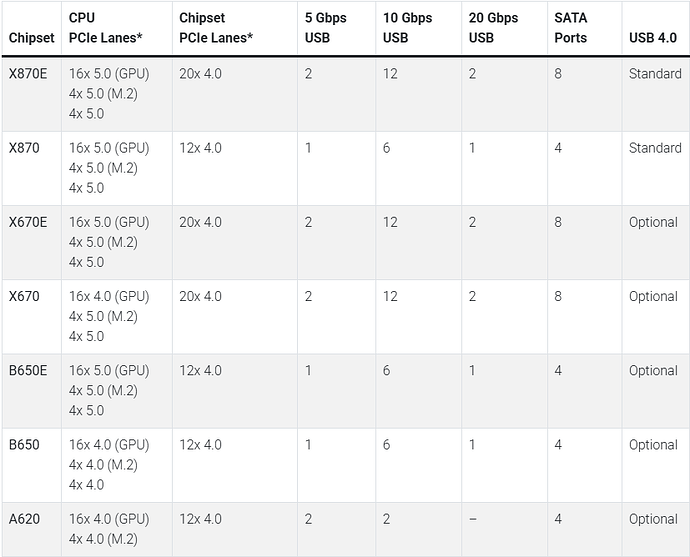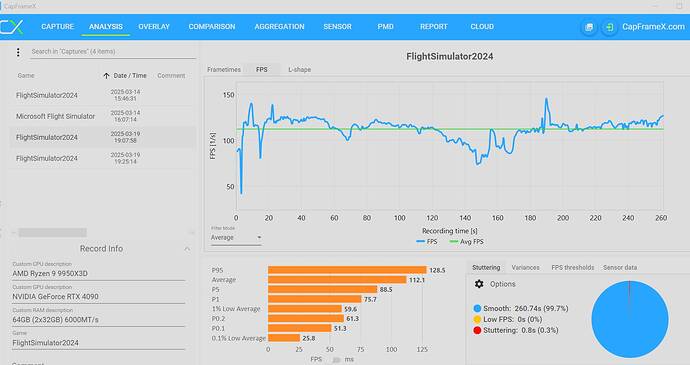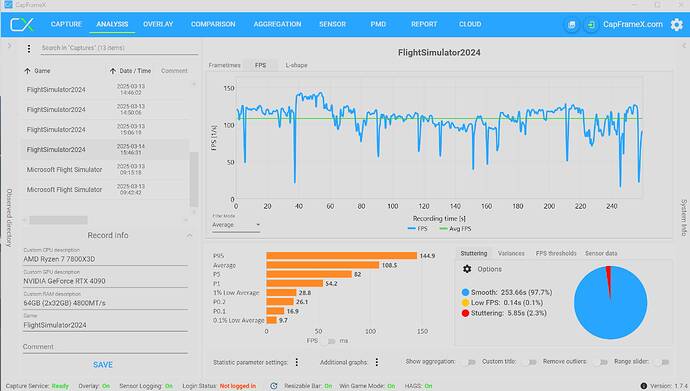To echo the info SkyPilotYTS provided:
Unlike the previous 600-series chipsets, the difference between X870E and X870 is fairly large this generation. Although both will get you PCI-e 5.0 for your GPU and primary M.2 drive, the X870E features twice the USB and maximum SATA ports as the X870, alongside additional chipset PCI-e lanes that can be used for better networking, more expansion slots, or additional controllers for even more M.2, USB, or SATA connections.
If you are configuring a new system, the primary determinant for whether to get an X870E or X870 is how much connectivity you need for add-in cards, storage, and peripherals. For a stripped-down setup with minimal USB devices, an X870 will likely be sufficient. However, if you use more than a few USB devices or something like a video capture card, an X870E board will likely be better. Similarly, since there are more free PCI-e lanes, we expect to see higher bandwidth networking (like 10G) built-in on the X870E boards as compared to the X870 boards, although that will be up to the motherboard manufacturers to decide on.
I personally have an X670E, which uses the same base B650 chipset as the X870 series, but is missing a few features I don’t need (mainly USB 4.0). Less expensive than an X870E, yet it has the same core features.
If you want the latest and greatest, or you need USB4, by all means get an X870-series. But get the ‘E’ version.
I think the X670E is a much better value. Of course you need to know that not all motherboards are created equal. Between the top chipsets of the 600- and 800-series, the only large difference between X870E and X670E is that the X870E boards are guaranteed to have USB 4.0 (40 Gbps), whereas many X670E boards lack this feature. Otherwise, the connectivity is the same. Since the new processors support higher-clocked memory, we may also see better memory optimizations on the X870E boards, but that will depend on motherboard manufacturers to implement rather than being something native to the chipsets themselves.


